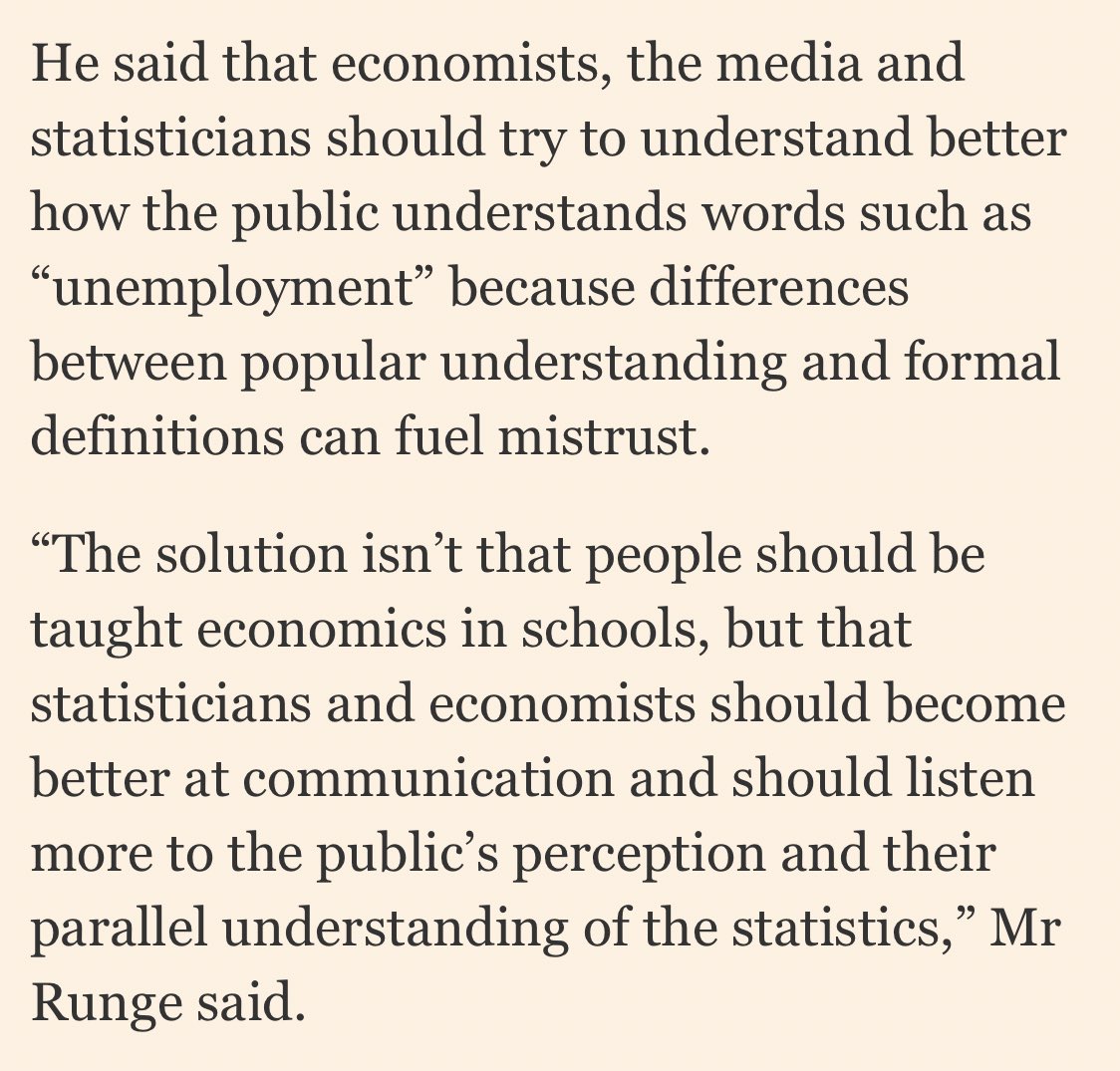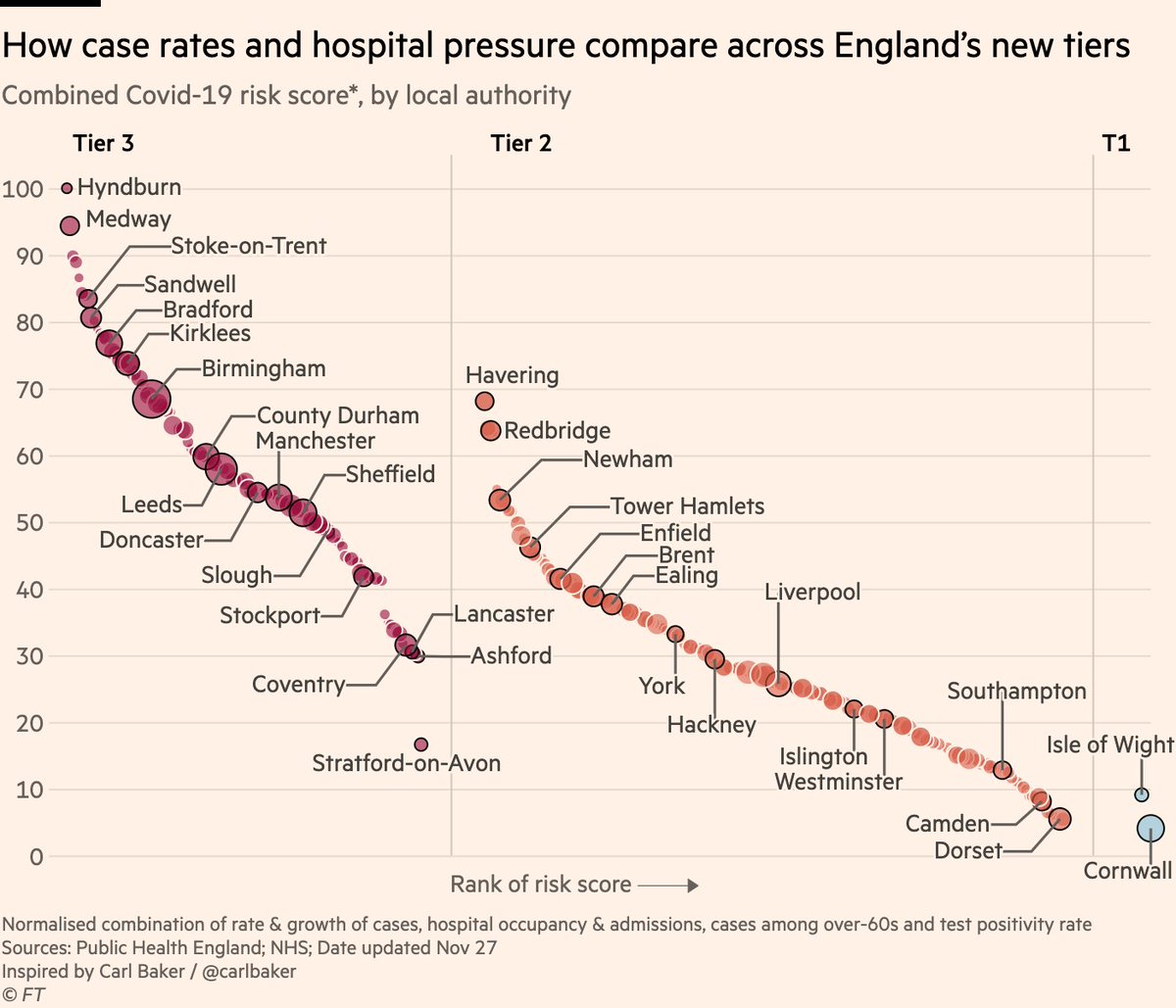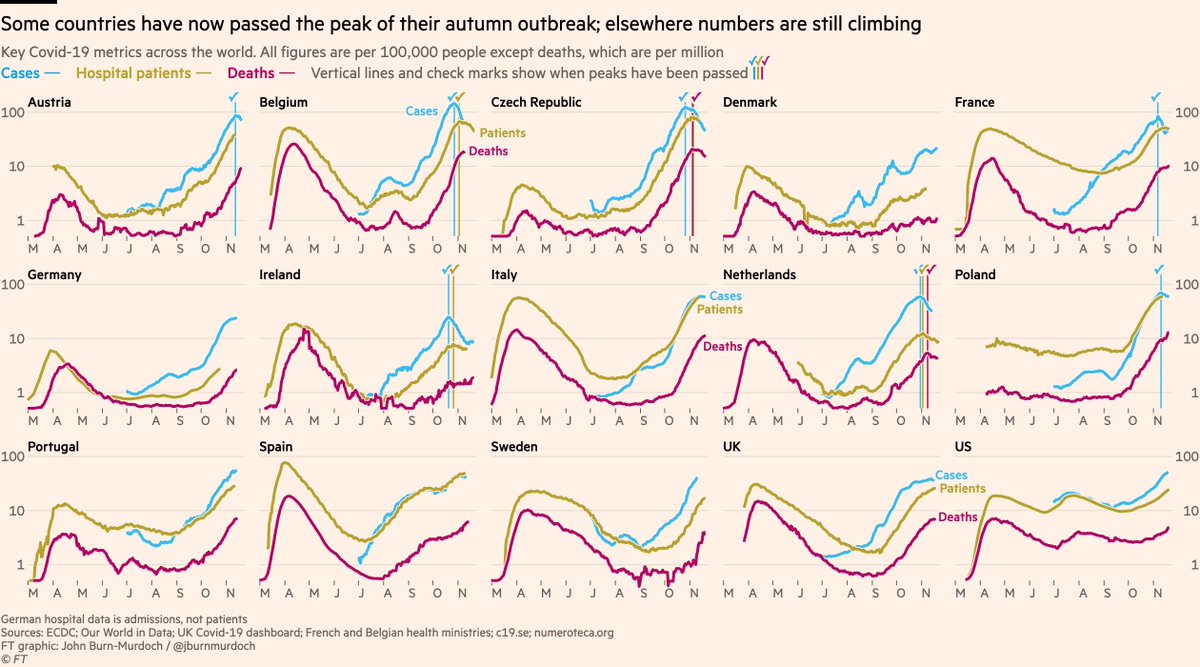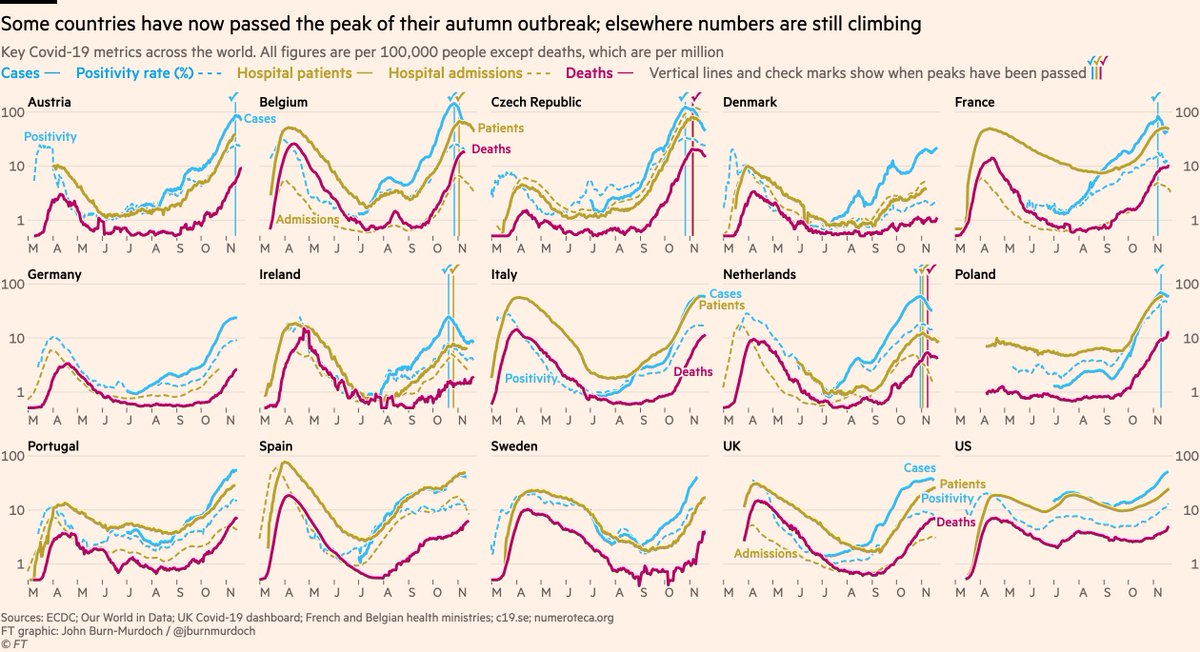
Couldn't agree more with this, from a recent @ChrisGiles_ story on economic literacy in the UK ft.com/content/938212…
Our job is to communicate clearly to people. If they are confused, that's on us much more than on them.
Our job is to communicate clearly to people. If they are confused, that's on us much more than on them.

And no, this doesn't mean we should change our definition of things like unemployment and GDP to match what people [mis]understand, but it does mean we should provide explainers if we're using these terms when speaking to a mass audience.
It's the same in #dataviz. If someone doesn't understand my chart, that's mainly on me.
This is why we always included log scale explainers when sharing our trajectory trackers, for example.
We're hear to communicate, not to make pronouncements from on high and then walk away.
This is why we always included log scale explainers when sharing our trajectory trackers, for example.
We're hear to communicate, not to make pronouncements from on high and then walk away.
Almost without exception, people *want* to learn. Let them push at an open door instead of locking it and throwing away the key.
• • •
Missing some Tweet in this thread? You can try to
force a refresh














